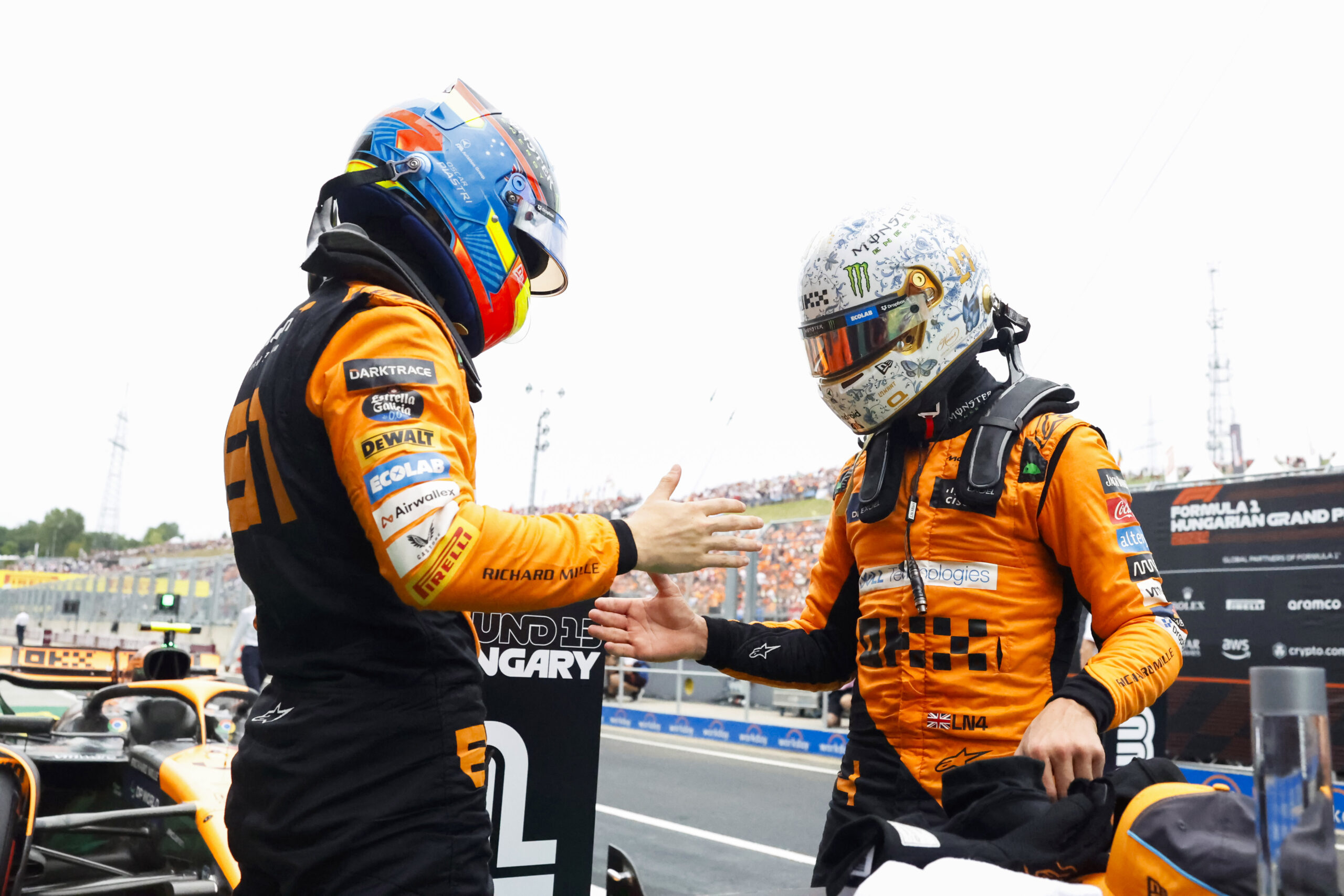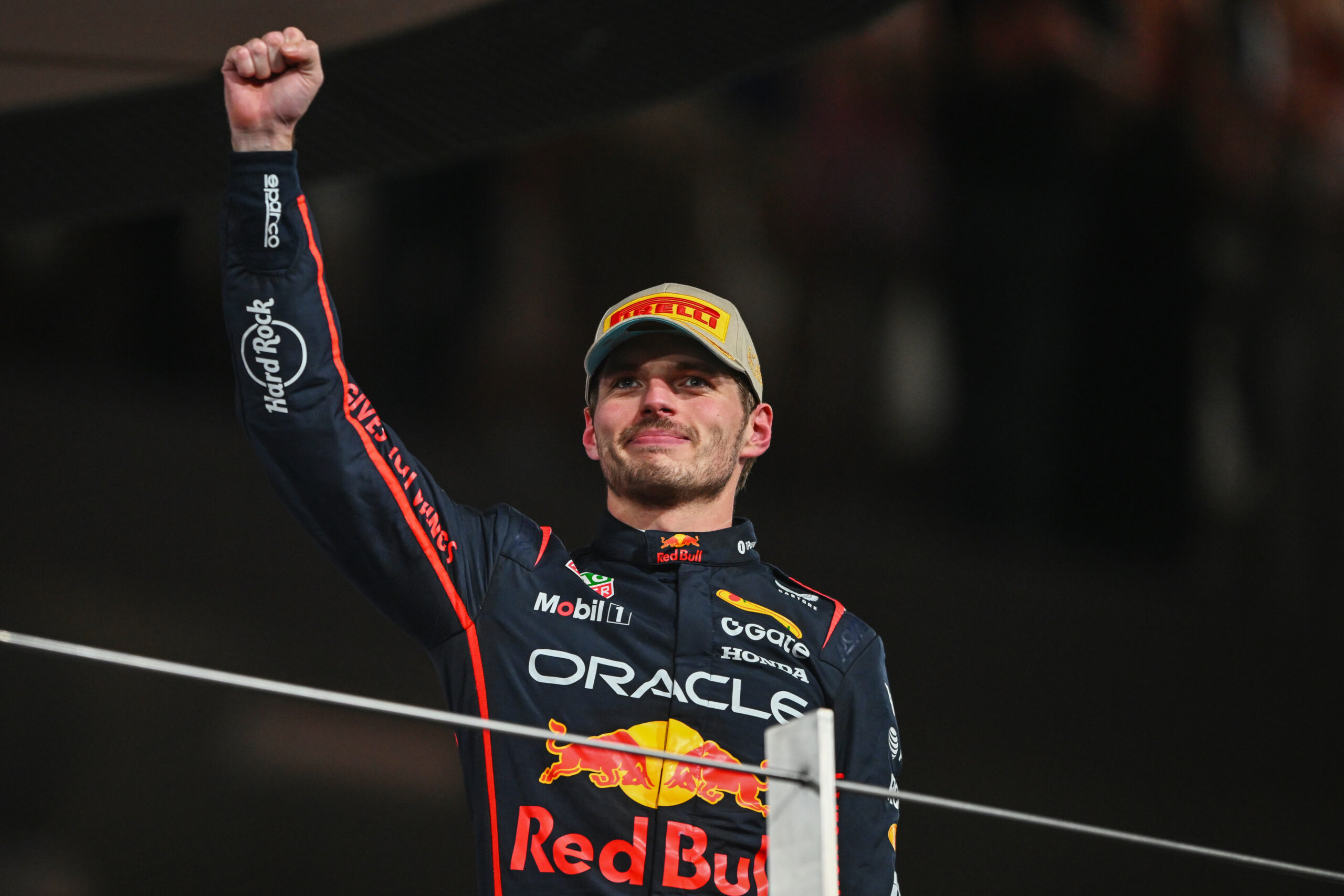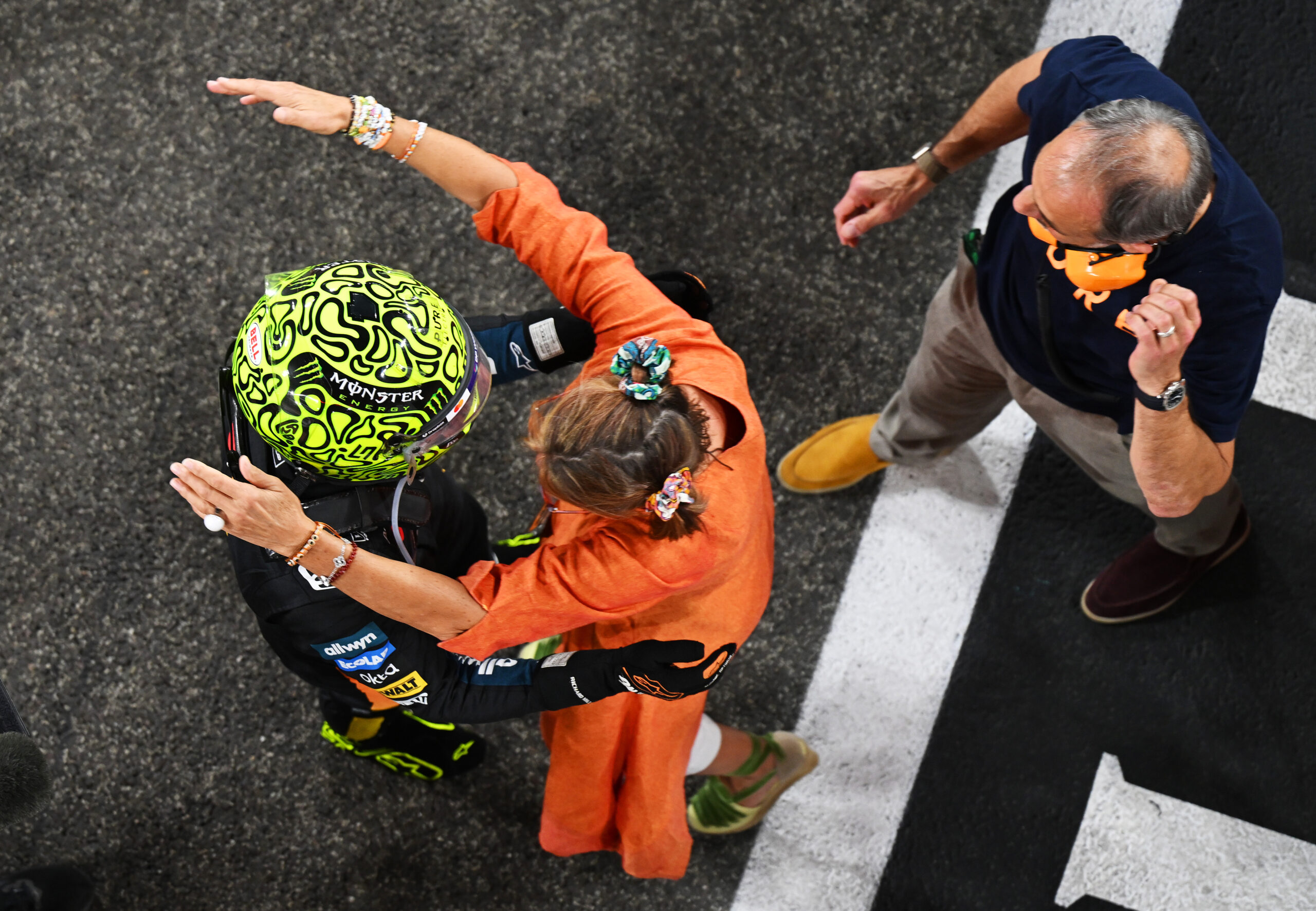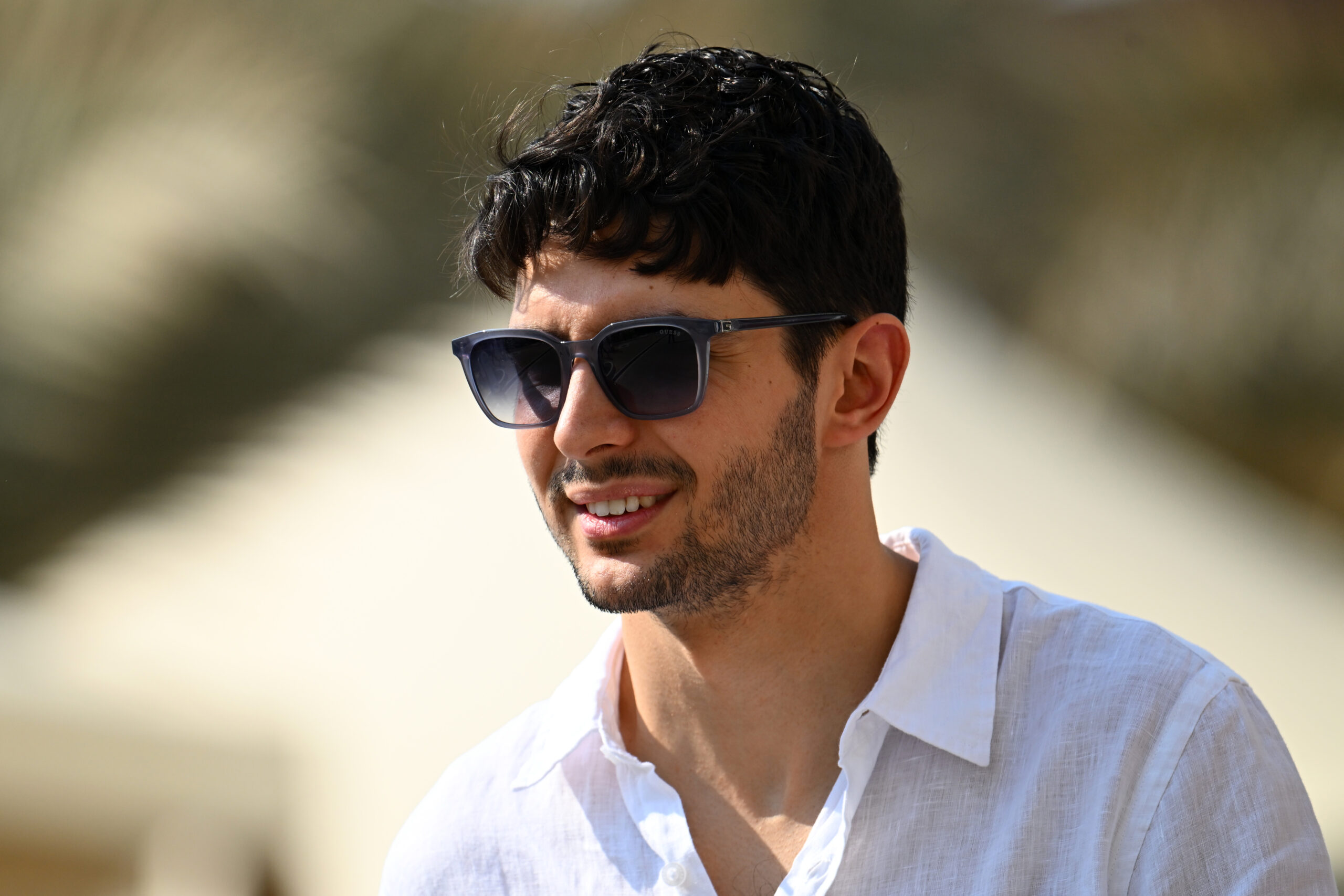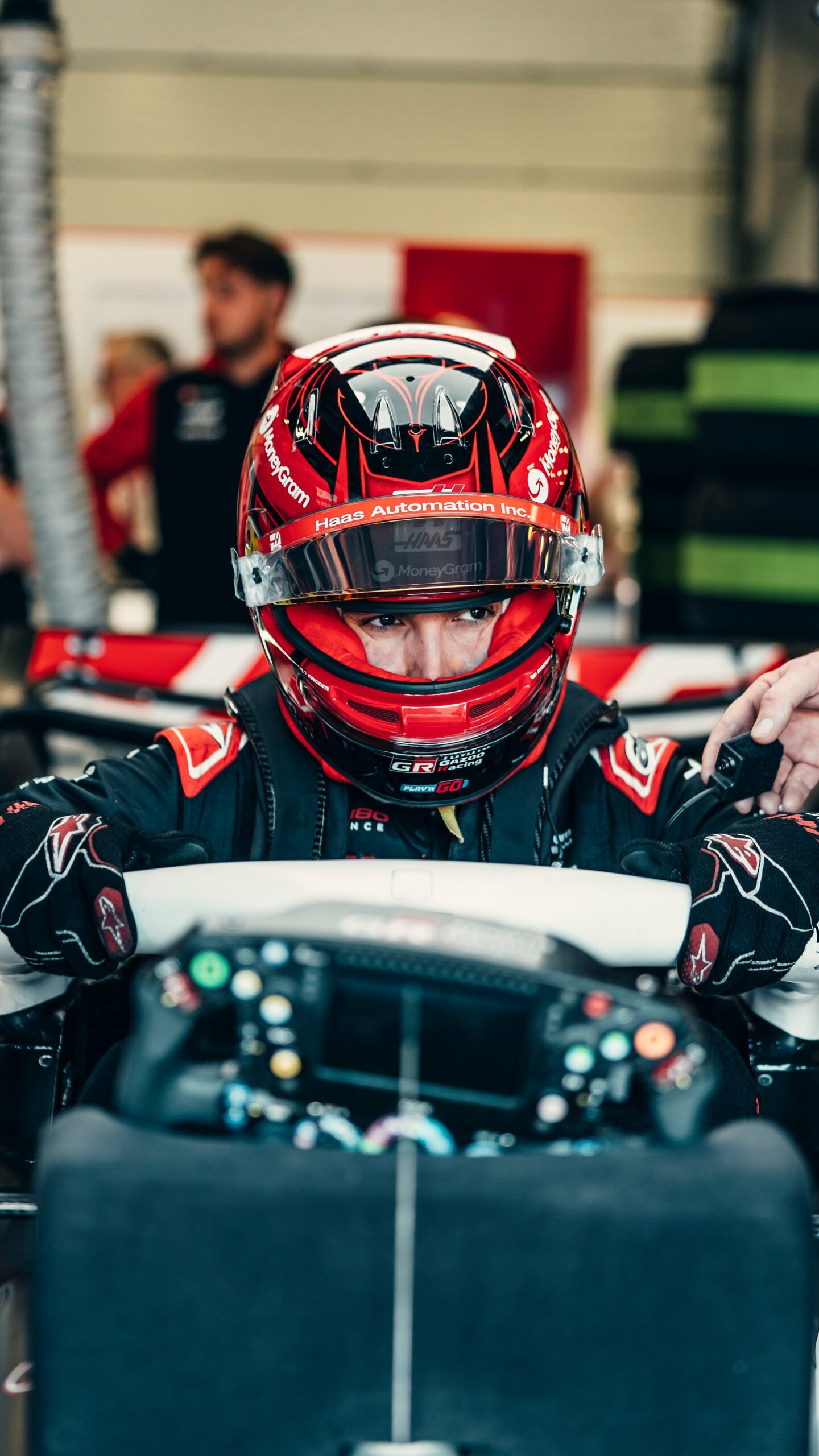McLaren Racing’s Oscar Piastri has denounced the use of any device to alter a Formula One car under parc fermé conditions.
While speaking ahead of the 2024 United States Grand Prix, Piastri acknowledged that F1 teams, including McLaren, often pushed the boundaries of the technical regulations but stated that the use of any method or device to adjust a car under perc fermé conditions was a clear violation of the sport’s technical regulations.
“We’re obviously pushing the boundaries of the technical regulations. Everyone is, and that’s what makes F1, F1.
“But from what I’ve heard and been told, something like this is not pushing the boundaries: it’s clearly breaking them.”
“I haven’t heard which car it’s on, or if it’s on any car, and obviously there’s the reports of it. But if it is something that’s being used, it’s clearly not been pushing the boundaries. It’s been out of the grey area and into a black area.”
The Australian’s comments come amidst suspicions that a team had designed its car in a manner which allowed for the adjustment of the clearance of the front bib, also known as a T-tray, by changing its settings from inside the cockpit of the car.
Parc fermé, a French term which directly translates to “closed park”, refers to a secure area at a motor racing circuit which is often used to prevent unauthorized access to the cars while allowing for technical checks to be performed, as defined by the sport’s respective regulations. According to Article 40.2 of the 2024 Formula One Sporting Regulations:
“Each car will be deemed to be in parc ferme from the time at which it leaves the pit lane for the first time during the qualifying session until the start of the race. Any car which fails to leave the pit lane during the qualifying session will be deemed to be in parc ferme at the end of Q1.”
While Article 40.2 does list several types of work which may be carried out legally under parc fermé conditions, none allow for the modification of the car or its set-up and often require that any specifications which may be adjusted during work procedures be returned to the specifications had at the time that the car entered parc fermé conditions.
The modification of the car is strictly prohibited according to Article 40.9 which states that:
“A Competitor may not modify any part on the car or make changes to the set-up of the suspension whilst the car is being held under parc fermé conditions. In the case of a breach of this Article, the relevant driver must start the race from the pit lane and follow the procedures prescribed in Article 44.2.
“In addition to the above penalty, for each Competition where a sprint session is scheduled, if the parc fermé conditions are breached before the start of the sprint session, the relevant driver must start the sprint session from the pit lane and follow the procedures prescribed in Article 43.3.”
This article also explicitly prohibits the use of any devices or tools that allow for the modification of the car under parc fermé conditions, stating:
“In order that the scrutineers may be completely satisfied that no alterations have been made to the suspension systems or aerodynamic configuration of the car (with the exception of the front wing) whilst in pre-race parc fermé, it must be clear from physical inspection that changes cannot be made without the use of tools.”
News of the potential violation first entered into the public domain on Wednesday, after Autosport alleged that multiple teams had raised concerns over their competitor’s supposed exploit of the technical regulations, and on Thursday, ahead of media events for the US GP, the motorsport’s governing body, the Fédération Internationale de l’Automobile (FIA), through its spokesperson confirmed that any adjustment, by any method, to the front bib clearance under parc fermé conditions was strictly prohibited.
“Any adjustment to the front bib clearance during parc ferme conditions is strictly prohibited by the regulations.”
While the FIA denied having received any indication of any team employing a system to perform any illegal modifications to the front bib clearance, only hours after the FIA’s statement was released, Oracle Red Bull Racing confirmed, via BBC Sport, that it was the team at the centre of the controversy. However, as reported by Pit Debrief, while the Milton Keynes-based team confirmed the existence of the alleged device, it denied using it after the RB20’s complete assembly and stated that they were working with the FIA to address the matter.
While Piastri did not accuse the supposedly offending team of cheating or attempting to do so, having previously indicated that he was not completely aware of the specifics surrounding the use of the controversial device, he did say that questions would need to be asked if the team, later learned to be Red Bull – McLaren’s direct rival in both the Drivers’ and Constructors’ Championships – experienced a significant change in its performance following the device’s removal.
“If there’s a big difference in performance, then clearly there’ll be some questions.”
“If it’s not… well, you don’t know.”
He compared the situation to that recently experienced by McLaren over their use of a “mini-DRS” rear wing but added that while the Woking-based team had had to make some changes, it had not been “revolutionary” for the car.
“Our mini-DRS was legal. Even though we’ve had to make some changes, it’s not revolutionary for the car. We’ll see if it makes any impact.”
Separately, during the FIA’s Thursday Press Conference, Piastri’s teammate, Lando Norris, was asked whether he believed that the FIA’s crackdown on Red Bull’s use of the device which could alter the RB20’s ride height under parc fermé conditions would be advantageous to him and his team in the respective Drivers’ and Constructors’ Championship.
Norris, who sits second in the Drivers’ Championship, just 52 points behind Red Bull’s Max Verstappen, stated that as neither he nor his team knew how much Red Bull had benefited from the use of the device, it was not possible to be certain that McLaren would gain anything. While he acknowledged that McLaren could benefit if Red Bull had been heavily relying on the illegal device, he stated that it was more likely that little would change “in the scheme of things.”
“I mean, it’s one thing having it on your car. It’s another thing on how much you exploit it and use it, which we have no idea on.
“If it has been helping them, if they’ve been utilising it in the way people think they have, then maybe it will shift in our direction.
“But, I mean, when you talk about things like that, it’s not going to gain them… They’re not going to have got several pole positions or wins just because of such a device. I don’t think it really will change anything in the scheme of things.”
However, Norris did admit that the small benefits that the device could have offered Red Bull could have been potentially advantageous in close qualifying sessions, though he stopped short of accusing the Milton Keynes-based team of having engaged in misconduct.
“But when we look at maybe certain qualifyings and we look at the gap in certain races this year, when it’s been split by hundredths of a second in qualifying or even thousandths, then you might say, ‘OK, well, maybe this has helped in that direction or this direction’.”
Regardless of Red Bull’s actual use of the device, Norris stated that he believed that FIA’s decision to explicitly enforce the regulations, specifically Articles 40.2 and 40.9 was “good”, highlighting that there was a difference between “black and white” innovations in Formula 1.
“But I think it’s good that the FIA are doing such a thing. There’s a difference between black and white stuff like this, and there’s a difference between Formula 1 and pushing the boundaries and creating new things and innovating within the space that you’re allowed to innovate.”
He also noted that McLaren had excelled at innovating within the regulations, referencing the team’s development of their mini-DRS rear wing, but stated the team was careful to remain within the regulations, even if they pushed the boundaries.
“And I think that’s what we as McLaren have done a very good job in. But we’re sure not to go any further than that.”

